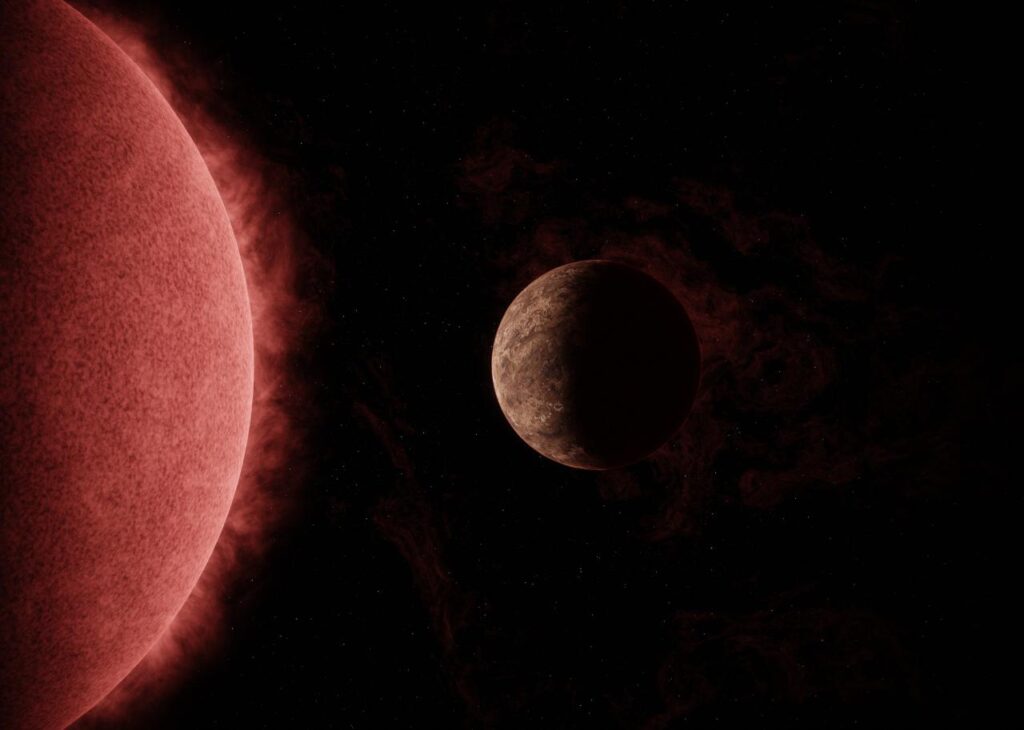An international team of researchers has announced the discovery of a previously unknown exoplanet, designated SPECULOOS-3 b. In its size and mass, it resembles the Earth.

The exoplanet was found as part of the SPECULOOS project, aimed at searching for worlds near ultracold dwarf stars. It is carried out using a network of robotic telescopes located around the world.
The newly found world orbits an ultra-cold red dwarf located 55 light-years from Earth. This star is 10 times smaller than the Sun (it is comparable in size to Jupiter) and a thousand times dimmer.
Another important difference is that stars of this class have a huge lifespan. It is measured in hundreds of billions, and in some cases it can reach a trillion years. According to scientists, in the distant future, ultra-cold red dwarfs will become the last stars that will illuminate the universe.
As for the exoplanet, SPECULOOS-3 b again resembles Earth in size and mass. According to scientists, this world also consists of rocks. However, the similarities end there. The orbit of SPECULOOS-3 b passes at a very short distance from the star. It makes one orbit around it in just 17 hours. Although red dwarfs emit much less energy, due to such proximity, the surface of the exoplanet reaches 16 times more energy than the surface of the Earth. According to astronomers, if SPECULOOS-3 b had an atmosphere, the stellar wind blew it away long ago.
Most likely, SPECULOOS-3 is in tidal capture. This means that it always faces the star with one side, where eternal day reigns, while the other hemisphere remains the territory of eternal night.
According to the researchers, SPECULOOS-3 is a promising target for in-depth observations using other telescopes, in particular James Webb. They will provide important information about the mineralogy of the surface of the exoplanet.
Earlier we talked about whether life could exist in the red dwarf system.
According to https://phys.org
Follow us on Twitter to get the most interesting space news in time
https://twitter.com/ust_magazine


